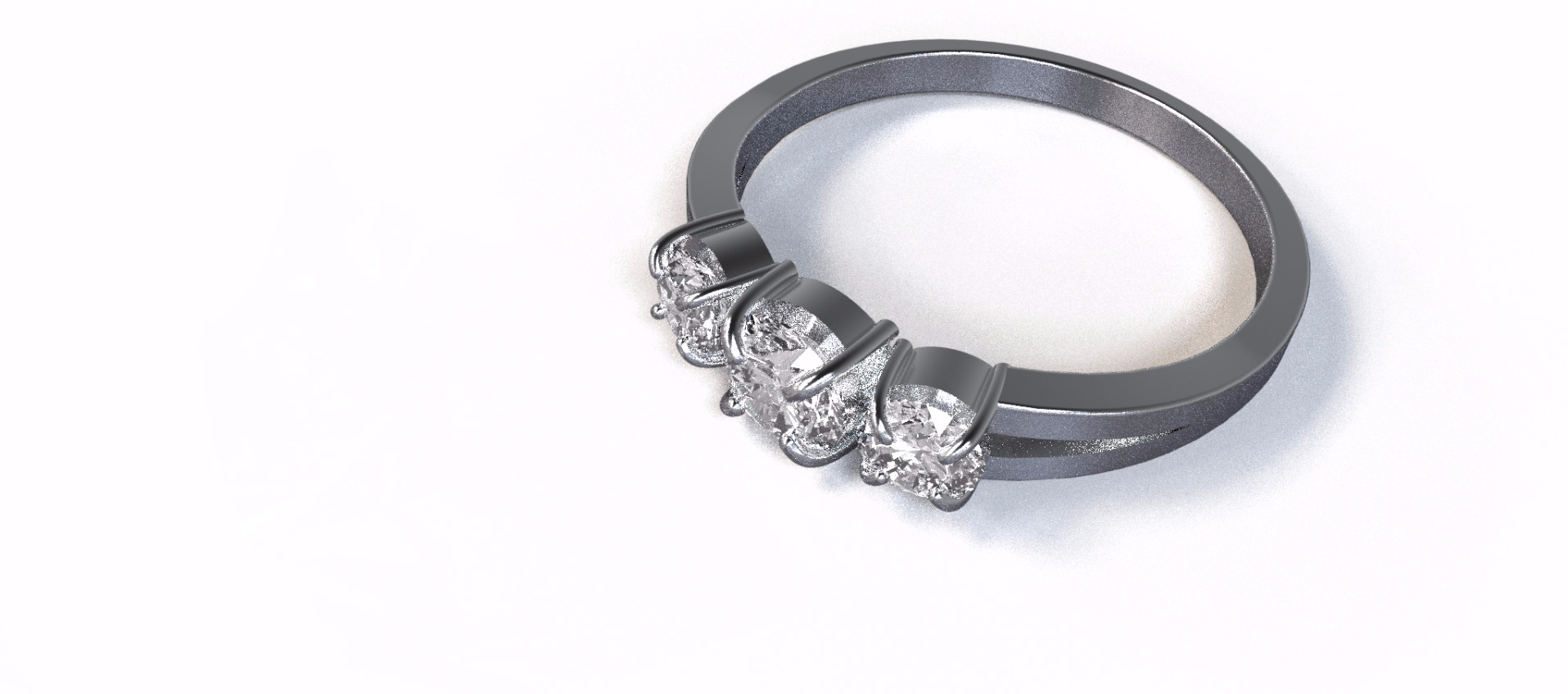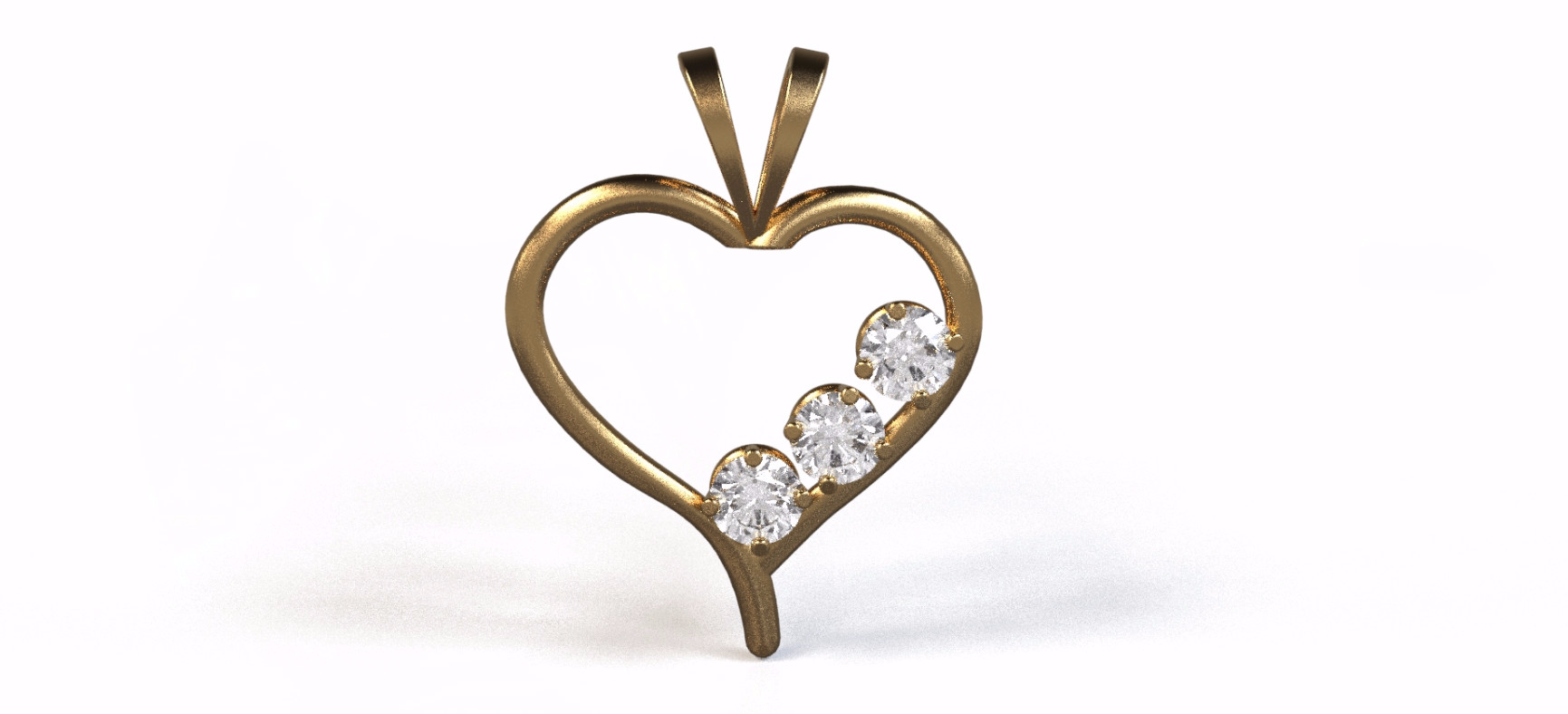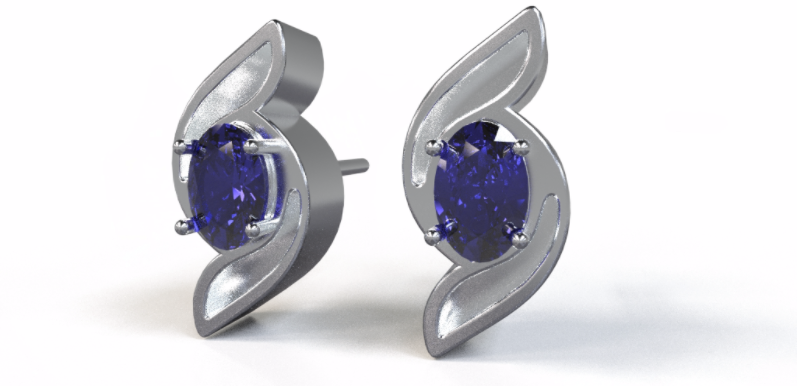Your Ultimate Guide to Ruby Gemstones
For thousands of years, the ruby has been considered one of the most valuable (and beautiful) gemstones in the world. Ruby gemstones are a bright and fiery red and you’ll most certainly draw attention to yourself every time you wear this fabulous gemstone. Today we’re going to explain all that you need to know about ruby gemstones. Have you been wondering how to get the highest quality ruby jewelry? If you’re interested in learning not only about the quality indicators of a ruby gemstone, but also about the meaning behind this beautiful gemstone, this post is for you. We find rubies fascinating, and we hope you will too after reading this post!

Origins
The ruby’s country of origin is India, where throughout history, the vibrant gemstone decorated the homes of royals. The Sanskrit word for ruby is “ratnaraj”, also known as “the king of gemstones” in English. These rubies were used to show off wealth and success to guests in royal homes, so no wonder this famous stone decorated the homes of the wealthy for centuries. Long ago, whenever a beautiful ruby was discovered, the ruler of India would actually send some of his men to “welcome” the gemstone. Talk about a royal welcome!
Composition
Ruby is the red variety of the mineral corundum and is composed of aluminium oxide, chrome, and trace amounts of other elements. The sapphire is also a variety of the mineral, as it is regarded as one of the hardest minerals on earth and at the beginning of the 19th century, the close relationship between rubies and sapphires was discovered. The two gemstones are relatively similar in composition, but the red variety is referred to as ruby, while pure corundum is completely colorless, but small traces of chrome, iron, or titanium will result in a color. The ruby is an extremely hard gemstone, and has been given a score of 9 on the Mohs scale. The only gemstone on earth harder than a ruby is a diamond.
Rubies are very rare, especially if they are over three carats. The element that gives rubies their magnificent red coloring, chrome, is responsible for this rarity. When gemstones were being formed in the earth’s core million of years ago, chrome created cracks in the crystals, despite giving ruby gemstones their beautiful coloring. Only a small number of rubies were in the right conditions to form perfectly.

Meaning
The color of rubies is warm and fiery, and the meaning behind the gemstone is just the same. The ruby has always symbolized passion, love, and prosperity, because of the bold red coloring. Throughout history, rubies have been worn to ward off danger, to keep the wearer safe, and of course to show wealth and prosperity. Ruby is also the stone of courage and self-love and brings confidence and success to those who wear it.

Ruby Gemstone Information - How to buy
Similar to emeralds, the color of a ruby is the most important factor to consider when buying ruby jewelry. After all, don’t we buy ruby jewelry for their magnificent coloring? The deeper and more intense the coloring, the higher the quality of the gemstone. All rubies have a primary and secondary color. The primary color is always red, while the secondary color is usually either orange, purple, or pink. You want both the primary and secondary color of the ruby to be very red. The more true the red coloring is, the better the gemstone. The next factor of the coloring you should look at is the tone. The highest quality rubies fall between a medium and deep red tone. If the coloring is too dark, you may not even be able to tell it’s red. If the coloring is too light, the red will be too faint to make out. You want a happy-medium.
Ruby gemstones are powerful. They have the power to change your emotions and captivate your senses. Their magnificent coloring is like that of no other gemstone. The fiery and vibrant red will always represent love and prosperity and bring good fortune to those that wear and love the ruby gemstone.







Sam Sternweiler
Author